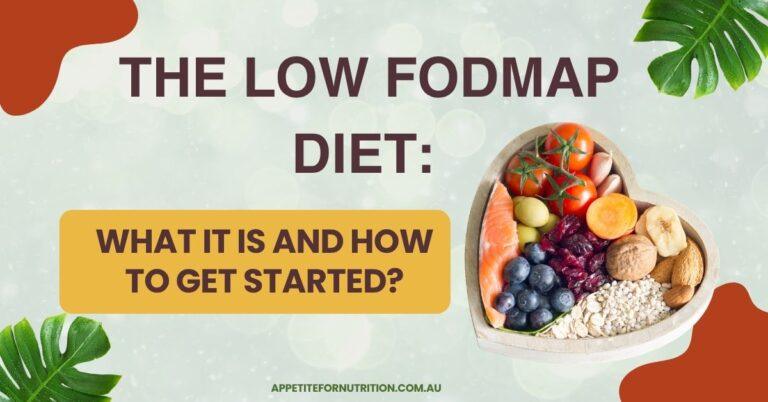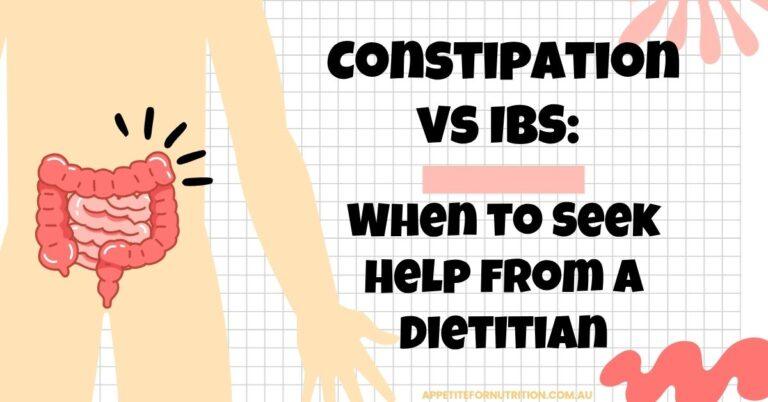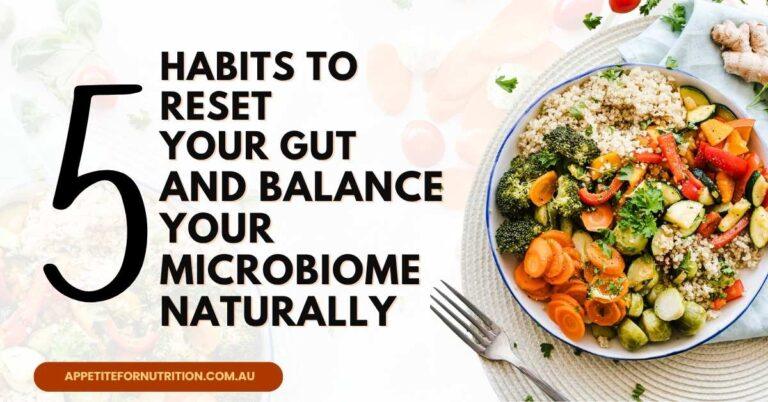Holiday Notice: We will be on break from 20 December, back 5 January. Emails checked periodically. 0491 169 399 | info@appetitefornutrition.com.au

8 Keto Recipes for Epilepsy: Nourishing Meals to Support Seizure Management
Managing epilepsy involves more than just medication — nutrition can play a vital role in supporting brain function and overall wellbeing. One approach that has shown promise, particularly in children with drug-resistant epilepsy, is the ketogenic diet.
Below, we’ll explore how the ketogenic diet works and share eight easy, dietitian-approved recipes designed to fit within a keto plan while promoting energy, balance, and satisfaction.
Understanding the Ketogenic Diet and Epilepsy
The ketogenic diet is a high-fat, very-low-carbohydrate meal plan that encourages the body to use fat as its main energy source instead of glucose. When carbohydrate intake is restricted, the body enters a metabolic state called ketosis, producing ketones that the brain can use for fuel.
How the Keto Diet May Help Manage Epilepsy
Seizure control: Some individuals experience fewer or less severe seizures, particularly when medications alone are ineffective.
Brain energy stability: Ketones offer a steadier energy supply for the brain, which may help prevent seizure-triggering energy fluctuations.
Neuroprotective benefits: The diet may support overall brain health and reduce oxidative stress.
Important: The ketogenic diet is a medical nutrition therapy. Always consult your neurologist or a clinical dietitian before beginning. Your dietitian can tailor your plan to your needs and monitor nutrient intake, hydration, and progress safely.
Do you want more keto recipes?
The Ultimate Keto Recipe eBook
Or need a more structured meal plan?
Ketogenic Diet Meal Plan
Plant-based Ketogenic Diet Meal Plan
8 Easy Keto Recipes for Epilepsy Support
1. Avocado & Egg Breakfast Bowl
A simple, nutrient-rich start to your day.
Ingredients: 1 avocado (sliced), 2 poached eggs, 1 cup sautéed spinach, 1 diced tomato, salt & pepper.
Directions: Arrange ingredients in a bowl, season, and enjoy.
Dietitian tip: Avocados are packed with monounsaturated fats that fuel ketosis and support heart health.
2. Cauliflower Fried Rice
A satisfying, low-carb twist on a classic comfort food.
Ingredients: Grated cauliflower, olive oil, mixed veggies, eggs, soy or tamari sauce, garlic, and ginger.
Directions: Sauté garlic and ginger, add veggies and eggs, then stir in cauliflower rice.
Dietitian tip: Cauliflower is a great low-carb swap for grains while still providing fibre and nutrients.
3. Baked Salmon with Asparagus
High in omega-3s and perfect for a quick dinner.
Ingredients: Salmon fillets, asparagus, olive oil, lemon slices, dill, salt & pepper.
Directions: Bake at 200°C for 15–20 minutes.
Dietitian tip: Fatty fish supports brain function and reduces inflammation.
4. Chia Seed Pudding
A creamy, fibre-filled snack or breakfast option.
Ingredients: Chia seeds, unsweetened almond milk, a touch of stevia, topped with berries.
Directions: Mix and refrigerate for 2 hours or overnight.
Dietitian tip: Chia seeds deliver healthy fats and promote digestive balance.
5. Turkey & Veggie Stir-Fry
Quick, balanced, and full of flavour.
Ingredients: Ground turkey, low-carb vegetables, soy sauce, olive oil, garlic, and ginger.
Directions: Cook turkey with garlic and ginger, add vegetables and sauce, and stir-fry until tender.
Dietitian tip: Choose colourful vegetables for antioxidants and variety.
6. Spinach & Mushroom Omelette
Simple, high-protein, and nutrient dense.
Ingredients: Eggs, spinach, mushrooms, cheese, salt & pepper.
Directions: Sauté mushrooms, add spinach, pour in eggs, and cook until set.
Dietitian tip: Eggs offer complete protein and vital nutrients like choline for brain health.
7. Berry Keto Smoothie
Refreshing and rich in antioxidants.
Ingredients: Mixed berries, spinach, nut butter, cocoa powder, almond milk, chia seeds, and stevia.
Directions: Blend until smooth and enjoy chilled.
Dietitian tip: Limit berries to small portions to keep carbs low while still benefiting from vitamins and fibre.
8. Chicken & Veggie Skewers
Perfect for lunch or outdoor grilling.
Ingredients: Chicken breast cubes, zucchini, capsicum, red onion, olive oil, garlic powder, salt & pepper.
Directions: Thread onto skewers, brush with oil, and grill or bake for 15 minutes.
Dietitian tip: Add a keto-friendly dipping sauce like garlic aioli or avocado dressing for extra fats.
Wrapping Up
Nutrition can play an essential role in supporting epilepsy management when guided by professionals. These keto-friendly recipes are designed to be practical, nourishing, and enjoyable — but individual needs vary widely.
Before starting a ketogenic plan, speak with your neurologist or an NDIS dietitian to ensure the diet is safe, balanced, and aligned with your health goals.
This blog was updated October 2025.
Frequency Asked Questions
Find quick answers to common questions
Our team of NDIS-registered dietitians helps clients make practical, evidence-based food decisions that fit their goals, lifestyle, and budget.
The ketogenic diet is a high-fat, low-carbohydrate eating plan that helps the body produce ketones for energy. These ketones can stabilise brain activity and, in some people, help reduce seizure frequency.
No. The keto diet should only be followed under medical supervision, particularly for children or individuals with other health conditions. A dietitian can help monitor nutrient intake and prevent deficiencies.
Some people notice improvements within weeks, while others may take several months. Your healthcare team will assess whether the diet is effective and safe for ongoing use.
Yes — these meals are balanced, nutrient-dense, and suitable for anyone seeking low-carb, whole-food options. Simply adjust portion sizes or ingredients as recommended by your dietitian.
A clinical dietitian can tailor your plan, monitor your health, and provide meal options that meet both your energy needs and seizure management goals.
Book a consultation with our team to learn more about personalised ketogenic support.
Frequency Asked Questions
Find quick answers to common questions
Our team of NDIS-registered dietitians helps clients make practical, evidence-based food decisions that fit their goals, lifestyle, and budget.
Focus on a balanced diet rich in calcium, vitamin D, plant-based proteins, healthy fats, and fibre. These nutrients support bone strength, heart health, digestion, and energy as hormones fluctuate.
Yes. Foods containing phytoestrogens—such as soy, flaxseeds, sesame seeds, and legumes—may help balance hormones and reduce hot flashes and mood swings in some women.
Eat regular, balanced meals that include protein and fibre, reduce refined sugars, and practice mindful eating. Staying active and well hydrated also supports metabolism and healthy weight management.
Supplements for calcium, vitamin D, or omega-3s may be useful if your intake or sunlight exposure is low, but it’s best to check with an Accredited Practising Dietitian or GP before starting any supplements.
A dietitian can create a personalised nutrition plan to manage symptoms, maintain bone and heart health, and help you feel your best. They provide evidence-based guidance on food choices, meal planning, and lifestyle strategies tailored to your needs.
(Learn more or book a consultation with an Appetite for Nutrition dietitian to get started.)



